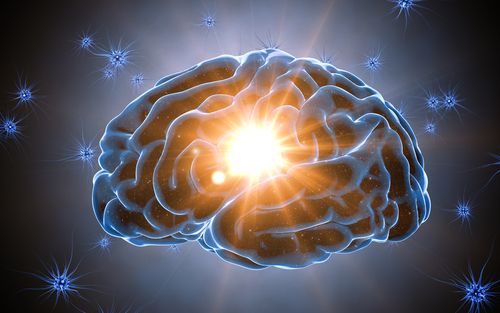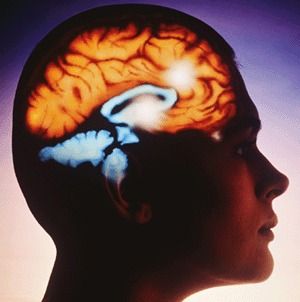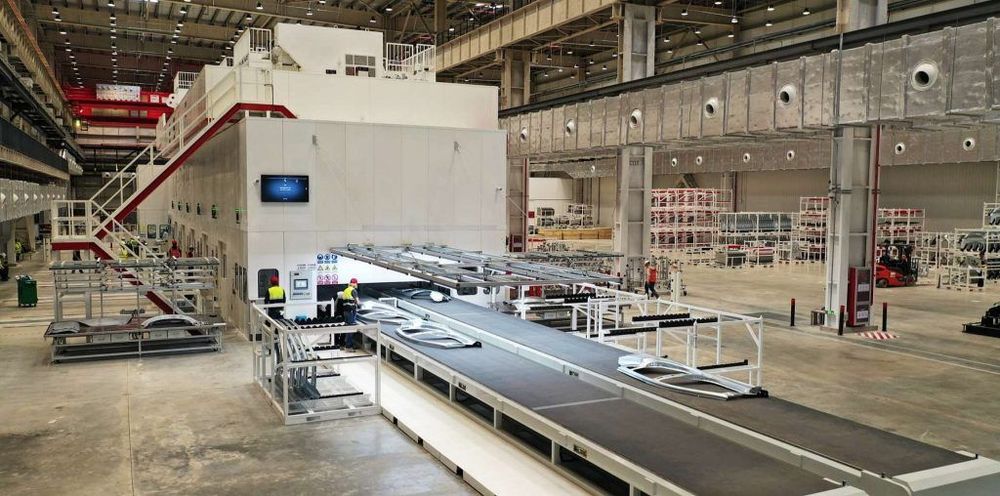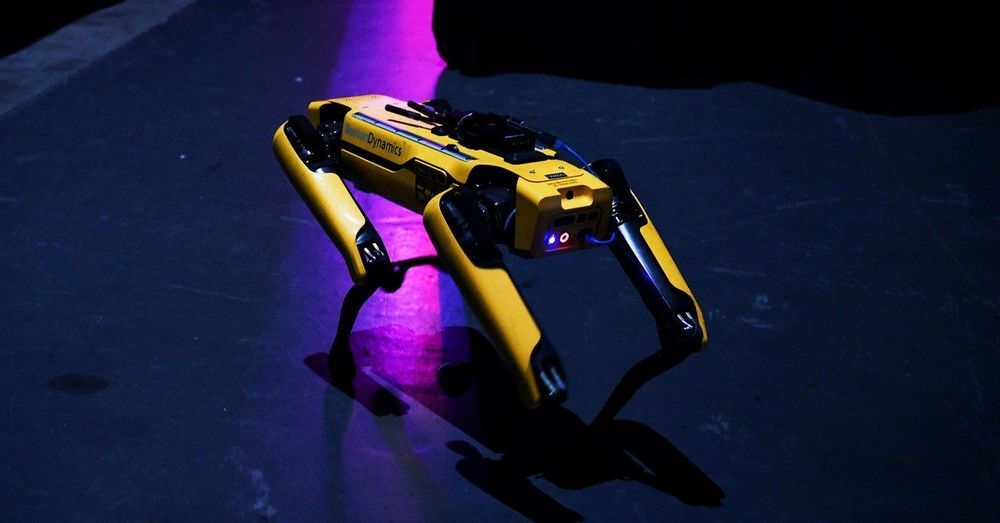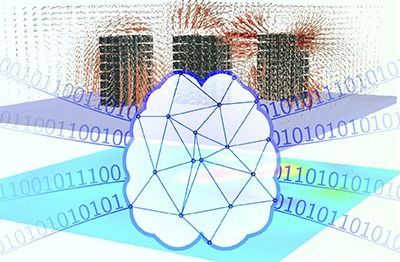Stimulating the growth of blood vessels in the brain through the use of fibroblast growth factor 1 (FGF1) may hold promise as a strategy for treating Parkinson’s disease, according to a white paper released by Zhittya Genesis Medicine (ZGM). Clinical trials testing this theory are being planned.
The white paper is titled “Parkinson’s Disease: Therapeutic Angiogenesis as a Disease Modifying, Breakthrough Therapy?”
